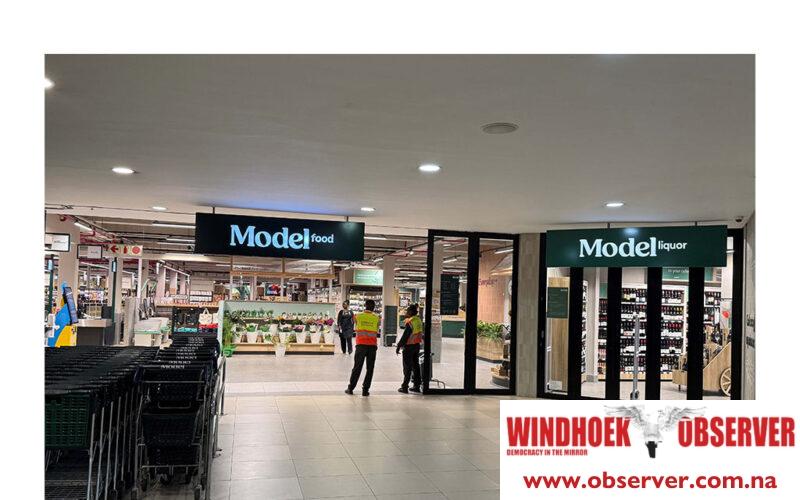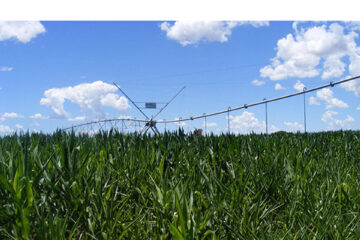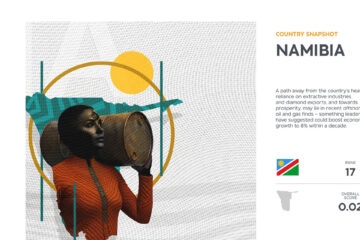O&L Group has said the franchise agreement with Pick n Pay South Africa concluded on 30 June 2025.
The roll-out of the Model brand started on 1 July 2025, with every previously branded Pick n Pay store being rebranded to Model.
Observer Money asked Carmen Maartens, O&L communications specialist, about the process of rebranding from Pick n Pay to Model.
Observer Money (OM): How has the transformation from Pick n Pay gone?
Carmen Maartens (CM): The franchise agreement with Pick n Pay South Africa concluded on 30 June 2025, but preparations for this transition had been underway throughout the preceding year. Extensive planning, strategic development and behind-the-scenes groundwork were carefully executed to ensure a seamless changeover.
The roll-out of the Model brand started in earnest on 1 July 2025, with every previously branded Pick n Pay store being rebranded to Model. This marked the beginning of a visible transformation across the network, with old signage coming down and the Model brand becoming visible in stores.
The complete transformation of all locations is gradual and carefully phased, unfolding over the coming months and years. The first fully revamped flagship store opened at Auas Valley on 1 October 2025, serving as the benchmark for future store transformations and showcasing what the complete Model experience represents for Namibian customers.
OM: How have Namibians reacted to the change, given that most of them only remember Pick N Pay?
CM: The transformation to Model has been very well received by Namibians. Customer feedback has been overwhelmingly positive, with particular praise for several aspects of the new flagship store at Auas Valley.
Customers have commented enthusiastically about the spaciousness and absolutely stunning interior of the revamped store. The new self-checkout stations and the robotic assistant have been well-tested and customers are delighted with these first-in-Namibia features. The Golden Ambassador has been fantastic in assisting customers, providing the personalised guidance and problem-solving support that defines the Model experience.
Customers are delighted with our increased ranges and looking forward to seeing many more Namibian products on the shelves. The positive reception demonstrates that Namibians are embracing Model’s vision of a uniquely Namibian retail experience that combines world-class standards with local authenticity and innovation.
OM: How much has O&L spent on the change to Model?
CM: The Model Auas Valley revamp cost N$60 million. However, the overall costs for the complete transformation is ongoing. The transition to Model throughout the country is a gradual, phased process that will unfold over the coming months and years, with each store undergoing its own transformation. As the rollout continues and the scope of renovations evolves, costs can change accordingly.
OM: What changes can your customers expect since the company is now a fully owned Namibian company?
CM: Customers can expect several significant changes. A 100% Namibian buying team with complete autonomy to create product ranges that reflect local needs, preferences and value. Meaningful opportunities for Namibian producers and suppliers who meet high quality standards.
Expanded product offerings including imported French cheeses, Namibian wines and gin, exclusive USN health products, Model private-label range and partnerships with local suppliers.
OM: Will you continue having mini shops at places like service stations?
CM: Yes. The Express store at the Namcor Soweto Service Station in Katutura and Namcor in Swakopmund have also been rebranded to Model and will remain part of our future retail strategy.
OM: What percentage of Namibian products do you sell?
CM: Model is deeply committed to supporting Namibian producers and suppliers, and our local sourcing efforts are a top priority. Our sourcing volume naturally varies depending on specific product categories and seasonal availability across the country.
The amount of Namibian fresh produce we offer fluctuates weekly and monthly, reflecting local harvest cycles and availability. Our fresh produce offering is generally split between fruit and vegetables. Due to Namibia’s limited fruit production capacity and the necessity to import the vast majority of fruit sold in the Namibian market (primarily from South Africa), our local fruit selection is generally small. However, this increases significantly when seasonal favourites like watermelons and grapes come into season. We source the majority of our vegetable supply locally, though this volume also changes with seasonality.
While Namibia is not a large-scale manufacturer, the range of Namibian-manufactured products on our shelves reflects the country’s production capacity. We are constantly working to expand this range, and we have seen a consistent increase in our local offering over the past year, with expected seasonal variations.
OM: How many workers have you laid off, and how many workers do you employ?
No workers have been laid off during the transition to Model. In fact, layoffs have not been necessary, as Model continues to offer all the services provided in the past and has even expanded service offerings at the new flagship store.
Model currently employs 1634 people across its stores nationwide, and employment creation remains close to the company’s heart.
The introduction of technology like self-checkout terminals is an added benefit that elevates the service offering rather than replacing staff. At Model Auas Valley, there are even more till points than before. Technology doesn’t mean turning away from Namibians; it means investing in Namibians through comprehensive training, competitive compensation and career progression opportunities.
Our team has undergone specialised customer journey training that goes far beyond traditional retail service. As Model adopts new tools, the company commits to keeping employment creation and human dignity at the heart of its growth strategy.
OM: How many stores do you have in Namibia, and where are they situated?
CM: Model currently operates 19 stores across Namibia, serving communities in the central region, coast, mid-north, north and far-north areas of the country. Specific locations: Grootfontein, Katima, Okahandja, Okongo, Olunkono, Ondangwa, Ongwediva, Oshakati, Oshikango, Outapi, Rundu, Swakopmund, Tsumeb, Walvis Bay, Windhoek: Auas Valley, B1 City, Katutura, Mega Centre and Wernhil.
OM: What can your customers expect during the festive season?
CM: Model aims to elevate your festive season experience, not just with exceptional products and specials, but with an overall shopping journey that makes the season truly memorable. Customers can look forward to a tailored festive offering that combines quality products and competitive specials.
OM: Anything else to add?
CM: Model’s history stretches back over 60 years to 1965, when Werner List purchased a stake in Model Super Market.




